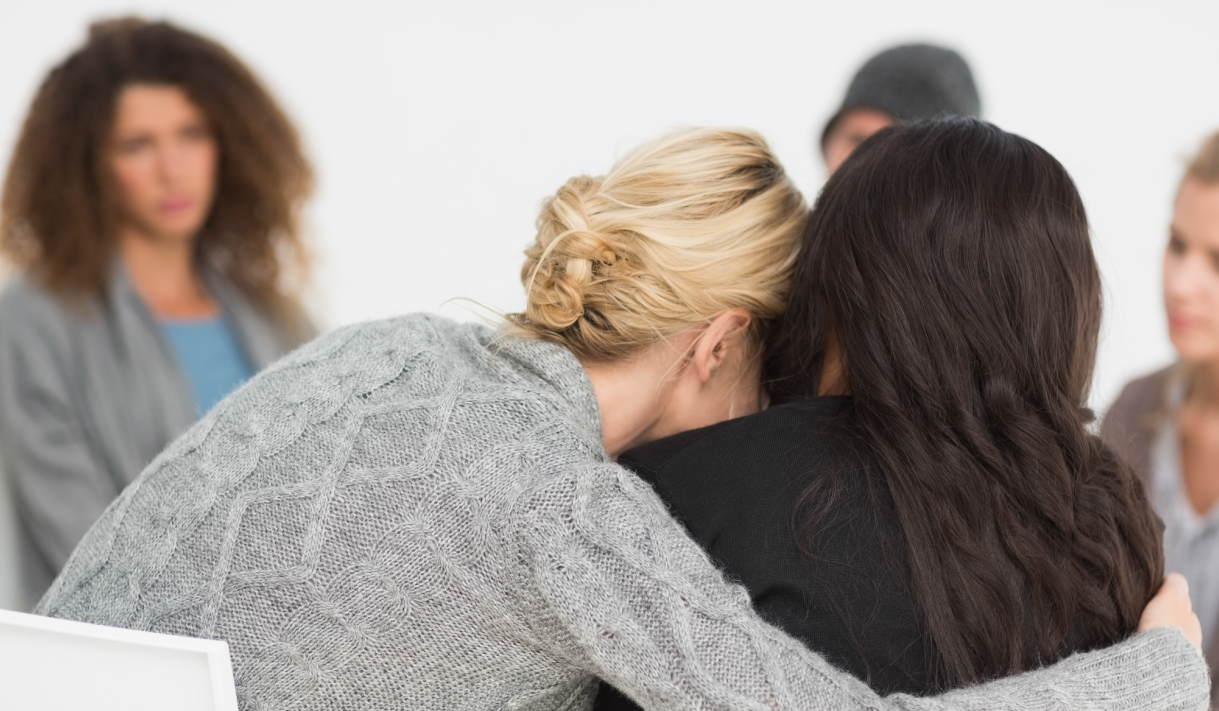According to the Rape, Abuse & Incest National Network (RAINN), more than 250,000 people are sexually assaulted each year in the United States. Combatting these statistics and making a difference in someone’s life takes only a few simple steps as we observe Sexual Assault Awareness and Prevention Month this April. “It’s not always easy to know what to say when someone tells you they’ve been sexually assaulted, especially when that person is a family member, friend, or loved one,” says RAINN. Here are some tips that can help make that difference in a person’s life.
If someone you know or love is in need of help, reach out to them. Simply letting them know that you care is vital to promoting their personal healing. You can offer them essential support by being present in the moment, listening intently, and communicating without judgment. Encouraging them to seek help through medical attention or counseling can be empowering, although only offer these suggestions if and when it’s appropriate.
At the same time, it’s important to remember not to put any undue pressure on them; be patient and continue encouraging them to take care of themselves, as there is no timetable for recovering from trauma. If you believe they may be contemplating suicide, learn the warning signs and offer help or support. Putting them in touch with resources or entities that can help them heal from the trauma of sexual assault can potentially save their life.
The following signs can indicate someone is at risk for suicide. Their risk is greater if “a behavior is new or has increased and if it seems related to a painful event, loss or change.”
- Talking about wanting to die or to kill oneself.
- Looking for a way to kill oneself, such as searching online or buying a gun.
- Talking about feeling hopeless or having no reason to live.
- Talking about feeling trapped or in unbearable pain.
- Talking about being a burden to others.
- Increasing the use of alcohol or drugs.
- Acting anxious or agitated; behaving recklessly.
- Sleeping too little or too much.
- Withdrawn or feeling isolated.
- Showing rage or talking about seeking revenge.
- Displaying extreme mood swings.
- Preoccupation with death.
- Suddenly happier, calmer.
- Loss of interest in things one cares about.
- Visiting or calling people to say goodbye.
- Making arrangements; setting one’s affairs in order.
- Giving things away, such as prized possessions.
Suicide Awareness Voices of Education (SAVE) stresses the importance that a suicidal person urgently needs to see a doctor or mental health professional. In an emergency, call the National Suicide Prevention Lifeline 1-800-273-TALK (8255).
Other ways you can make a difference include making your voice heard through social media by sharing tweets or posts by RAINN (or other sexual assault support centers), contacting your local and federal lawmakers in support of laws that bring sexual predators to justice, and by volunteering at your local rape crisis center.
Are you the one in need of help because of a sexual assault? Remember that it’s important to take care of yourself, too. If you’re unsure of where to start, there are many resources available to you in the form of confidential support: The National Sexual Assault Hotline at 800-656-HOPE (4673) and www.online.rainn.org are good places to start. To search for your local sexual assault service provider, visit www.centers.rainn.org.
(If you’re looking for information on how to support a child you believe may have suffered a sexual assault, please visit this link.)
3rd Millennium Classrooms offers sanctions courses for city, local, and state courts, in addition to colleges and high schools. Among these is Respect & Resolve, an evidence-based online course designed in a motivational interviewing style that explores crucial concepts for building self-esteem and emotional health, as well as communication and conflict resolution skills. The course also covers abusive relationship awareness, strategies for recognizing coercive behavior, and safe, positive, active bystander strategies.




